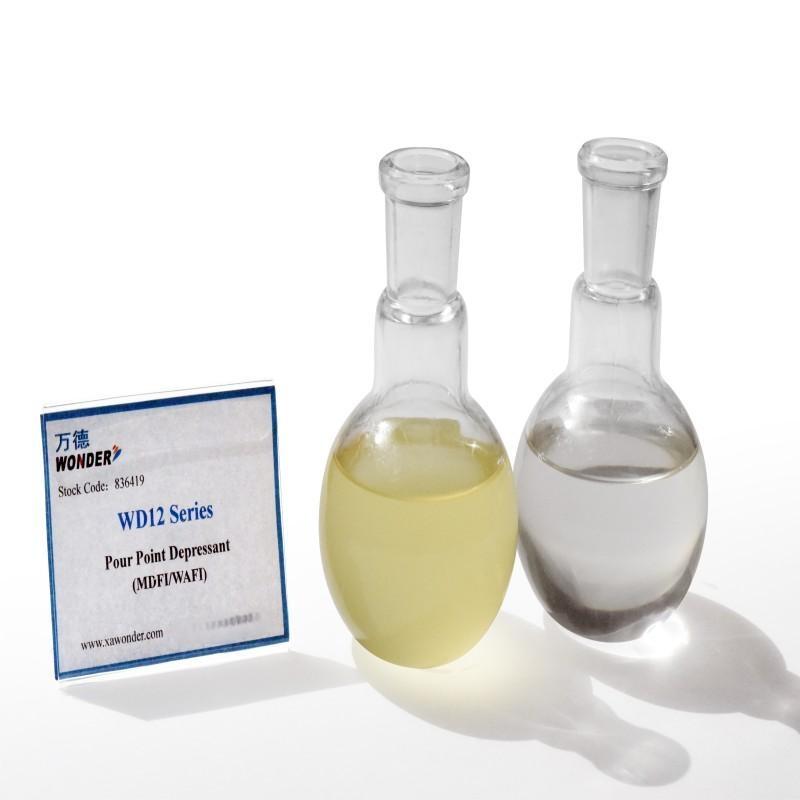-
Categories
-
Pharmaceutical Intermediates
-
Active Pharmaceutical Ingredients
-
Food Additives
- Industrial Coatings
- Agrochemicals
- Dyes and Pigments
- Surfactant
- Flavors and Fragrances
- Chemical Reagents
- Catalyst and Auxiliary
- Natural Products
- Inorganic Chemistry
-
Organic Chemistry
-
Biochemical Engineering
- Analytical Chemistry
-
Cosmetic Ingredient
- Water Treatment Chemical
-
Pharmaceutical Intermediates
Promotion
ECHEMI Mall
Wholesale
Weekly Price
Exhibition
News
-
Trade Service
According to news from the oil price network on June 11, OPEC said on Thursday that with the gradual relaxation of production cuts starting last month, crude oil production in May 2021 increased by 390,000 barrels per day to 25.
46 million barrels per day
.
OPEC’s monthly oil market report released on Thursday showed that the largest monthly increase in oil production was in Saudi Arabia, the largest oil producer, followed by two of the three OPEC members exempted by the OPEC agreement
.
The third country not affected by production cuts also had an increase in crude oil production in May from April
.
In April, due to force majeure at an oil export terminal for several days, crude oil production declined
.
OPEC's secondary sources show that Saudi Arabia, the world's largest oil exporter, increased its production in May by 345,000 barrels per day to 8.
466 million barrels per day
.
In addition to the higher output allowed by the agreement, Saudi Arabia last month also began to cancel the unilateral additional 1 million barrels/day plan implemented between February and April
.
Saudi Arabia is gradually easing additional production cuts between May and July, with monthly output in May and June both increasing by 250,000 barrels per day
.
Compared with OPEC's secondary sources, Saudi Arabia itself reported higher production in May
.
Saudi Arabia told OPEC that its crude oil production increased by 410,000 barrels per day from April to an average of 8.
544 million barrels per day in May
.
On the other hand, within OPEC, Nigeria and Angola had the largest decline in output last month, at 72,000 barrels per day and 60,000 barrels per day, respectively
.
The oil production of the OPEC Gulf member states subject to the agreement has increased
.
Compared with April, Iraq’s output in May increased by 33,000 barrels/day, Kuwait’s output increased by 32,000 barrels/day, and the United Arab Emirates’ output increased by 28,000 barrels/day
.
46 million barrels per day
.
OPEC’s monthly oil market report released on Thursday showed that the largest monthly increase in oil production was in Saudi Arabia, the largest oil producer, followed by two of the three OPEC members exempted by the OPEC agreement
.
The third country not affected by production cuts also had an increase in crude oil production in May from April
.
In April, due to force majeure at an oil export terminal for several days, crude oil production declined
.
OPEC's secondary sources show that Saudi Arabia, the world's largest oil exporter, increased its production in May by 345,000 barrels per day to 8.
466 million barrels per day
.
In addition to the higher output allowed by the agreement, Saudi Arabia last month also began to cancel the unilateral additional 1 million barrels/day plan implemented between February and April
.
Saudi Arabia is gradually easing additional production cuts between May and July, with monthly output in May and June both increasing by 250,000 barrels per day
.
Compared with OPEC's secondary sources, Saudi Arabia itself reported higher production in May
.
Saudi Arabia told OPEC that its crude oil production increased by 410,000 barrels per day from April to an average of 8.
544 million barrels per day in May
.
On the other hand, within OPEC, Nigeria and Angola had the largest decline in output last month, at 72,000 barrels per day and 60,000 barrels per day, respectively
.
The oil production of the OPEC Gulf member states subject to the agreement has increased
.
Compared with April, Iraq’s output in May increased by 33,000 barrels/day, Kuwait’s output increased by 32,000 barrels/day, and the United Arab Emirates’ output increased by 28,000 barrels/day
.







